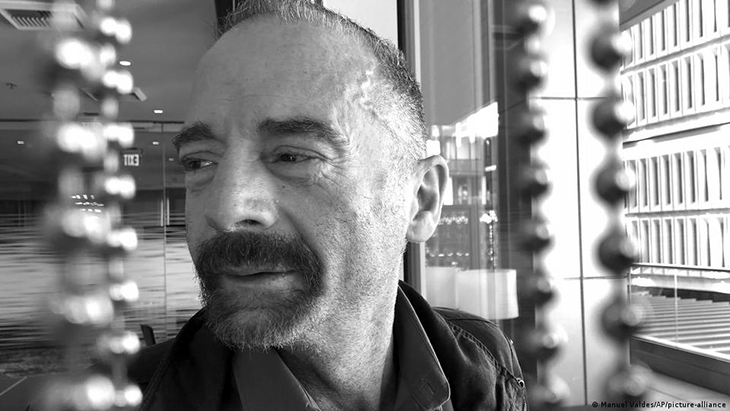
Years back, getting diagnosed with HIV would be tantamount to a death sentence. So much has changed because medicines have helped patients cope. The “Düsseldorf Patient”, a man now aged 53 years old, is now the third person ever to have been completely cured of HIV with the help of a process called stem cell transplantation.
As for the two previous patients, who go by the names “Berlin Patient” and “London Patient,” the transplantation was done because they needed to get treatment for an acute blood disease, which had developed in addition to the HIV infection.
The Düsseldorf Patient was able to receive a stem cell transplant that had been used to treat leukemia in 2013. Since then, it has shown persistent suppression of HIV-1, even in the last 4 years when the patient stopped taking anti-retroviral medication.
“I still remember very well the sentence from my family doctor: ‘don’t take it so hard,’” the Düsseldorf Patient, who had leukemia as well as HIV-1, shared. “‘We will experience together that HIV can be cured!’ At the time, I dismissed the statement.”
The procedure is called allogeneic hematopoietic stem cell transplantation (HSCT). This was often used as a treatment for certain cancers, such as leukemia. What it does is transfer immature blood cells from a donor to repopulate the bone marrow of the recipient.
Scientists are now able to fully understand that those who have two copies of the Δ32 mutation in the gene for the HIV-1 co-receptor CCR5 are resistant to HIV-1 infection. The two previous cases mentioned (the London patient and the Berlin patient) were able to get a stem cell transplant from a donor that had these unique mutations in their bone marrow.
Björn-Erik Jensen, a specialist in infectious diseases at Düsseldorf University Hospital, was the leader of treatment and the research that came after. He spoke about the treatment in a peer-reviewed study in Nature.
The patient was diagnosed as having acute myeloid leukemia and had to go through transplantation of stem cells from a female donor in 2013. This was followed by chemotherapy and infusions of donor lymphocytes.
After the transplantation happened, anti-retroviral therapy was continued. This was when they noticed that the HIV infection had been undetectable in the blood cells. The anti-retroviral therapy was then stopped in November 2018. This was done with the patient’s informed consent after almost 6 years after the stem cell transplantation. This helped doctors determine whether the virus persisted in the patient body.
“I very much hope that these doctors will now get even more attention for their work,” said the patient.
“I have now decided to give up some of my private life to support research fundraising. And of course, it will also stay very important for me to fight the stigmatization of HIV with my story.”
The authors came to the conclusion that while HSCT remains a high-risk procedure, it is the option only for some people living with both HIV-1 and hematological cancers for now. And the good news is that the results they’ve seen may inform specialists of future strategies to employ in order for them to find the long-term and permanent remission of HIV-1.



